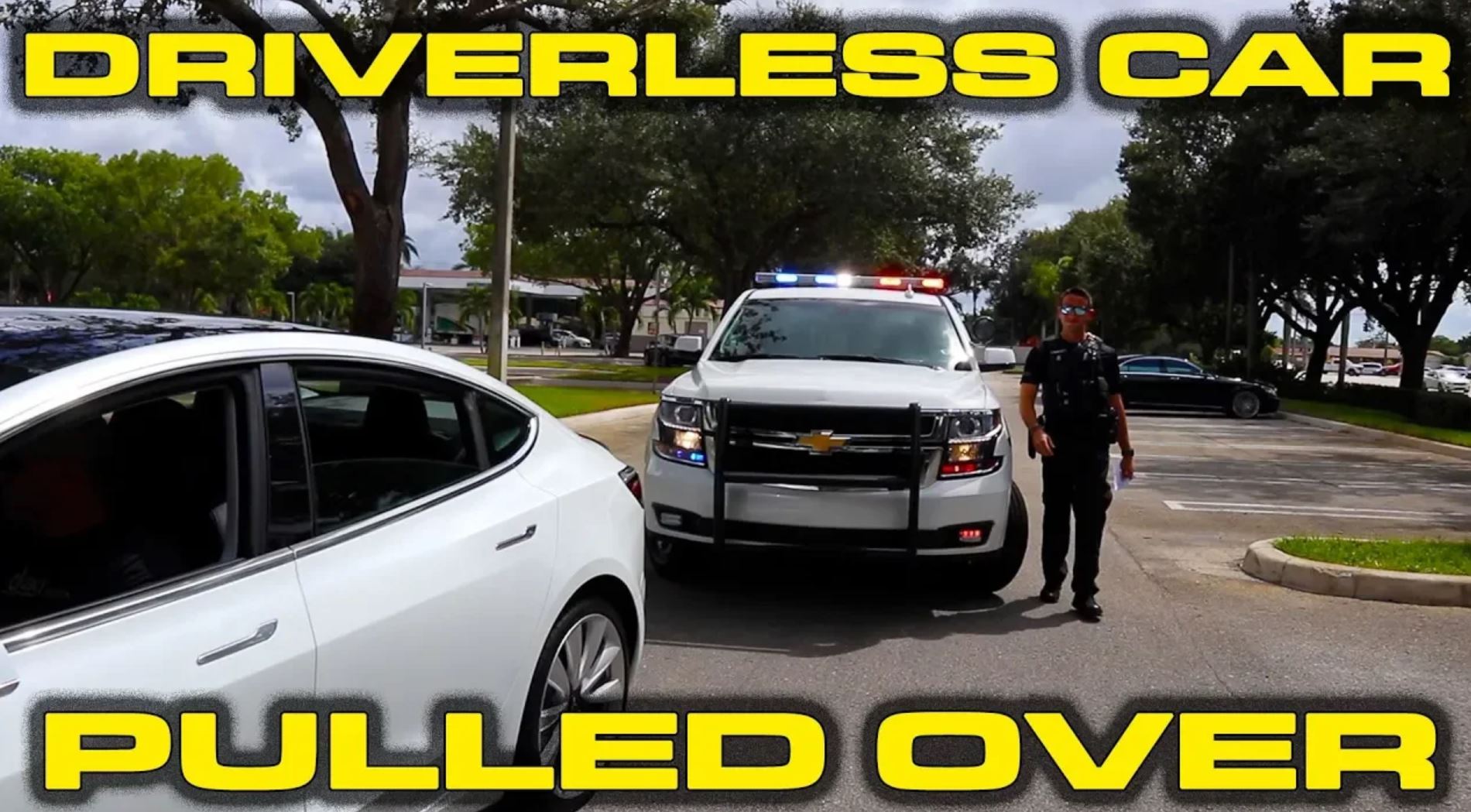 By MassPrivateI
By MassPrivateI
The National Institute of Justice, the RAND Corporation and the Police Executive Research Forum want to give law enforcement real-time access to autonomous vehicles.
Last month, this so-called expert panel identified 17 high-priority law enforcement needs for autonomous vehicles. And as you can imagine some of them are very disturbing.
Cybersecurity and Vehicle Communication Needs:
- Research on systems to enable law enforcement to identify a vehicle’s authorization to run in automated mode.
- Research on technology that enables law enforcement to communicate with vehicles in automated mode.
Allowing law enforcement access to a vehicle’s authorization is just a fancy way of saying they want backdoor access to an owner’s personal information.
If you thought license plate readers were invasive before, just wait until a year or two from now, when they send officers all kinds of personal information related to the vehicle’s owner[s].
Stakeholder Communication Needs:
- Surveys to identify the most useful data the autonomous vehicle industry can make available to law enforcement for investigations of crashes and other incidents.
Police working with auto manufacturers to help them identify which embedded telematic surveillance devices they should have access to is not about public safety: it’s about money.
As this Medium article explained, the real reason police want to be able to pull driverless vehicles over is so they can cite the owner[s] for any number of infractions.
“Operators could face fines to the extent the car is not being operated in fully autonomous mode. For instance, the operator of a SAI L4/L5 car could be to blame if the systems had been inappropriately overridden (speeding due to fabricated medical emergency).”
Back to law enforcement’s 17 high-priority needs.
Standardization Needs:
- Model training and guidelines for interacting with autonomous vehicles running in automated mode.
- Development of descriptions of standard behaviors (such as pulling off the road in a safe spot) that law enforcement will expect autonomous vehicles to perform across the United States.
Police pull over driverless Tesla Model 3 that was using Smart Summon feature
To reinforce the need to ticket autonomous vehicle owners, these so-called experts want to collaborate with vehicle manufacturers to establish backdoor access to the vehicle’s data.
“The panelists stressed the need for proactive problem solving with law enforcement, autonomous vehicle manufacturers and operators, and communities all working together. Law enforcement would benefit from having a better understanding of autonomous vehicle capabilities, and manufacturers would benefit from insights on the law enforcement implications of autonomous vehicles operating in communities, they said.”
Police view autonomous vehicles as “evidence sources”
Law enforcement’s desire to have backdoor access to autonomous vehicles’ data could not be any clearer.
“Participants also saw opportunities to use data generated by autonomous vehicles — for example, videos from an autonomous vehicle passing an active crime scene — to support public safety and crime investigations.”
As the “Panel Purpose and Process” section explains, law enforcement looks at autonomous vehicles as “evidence sources.”
“Tangential interactions (such as use of autonomous vehicles as evidence sources in investigations or exclusion of autonomous vehicles from zones where traffic is prohibited)”
As the expert panel so eloquently stated, police need to have the ability to securely communicate in real-time with these “evidence sources.”
To law enforcement, autonomous vehicles means lost revenues and that is why they want access to a car’s windows, cameras and microphones.
“Waymo’s cars are designed to pullover if they detect a police or emergency vehicle flashing from up to 100 feet away. After stopping, the car is unlocked and the windows roll down automatically, allowing Waymo’s support team to interact with law enforcement representatives via an intercom system.”
Giving law enforcement the ability to roll down a motorist’s windows, unlock their car doors and speak to the occupants via an intercom system gives privacy-minded people like me nightmares.














